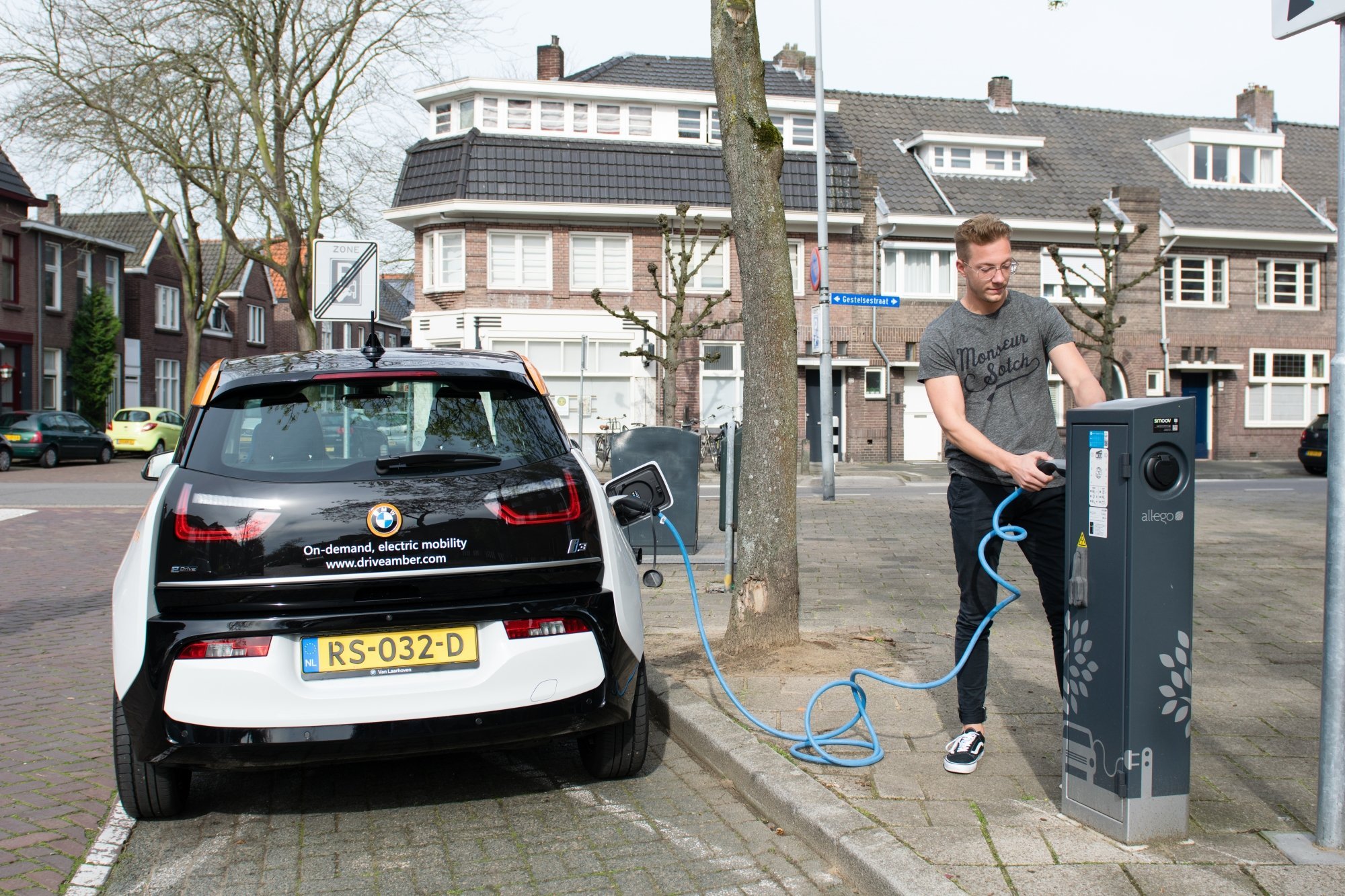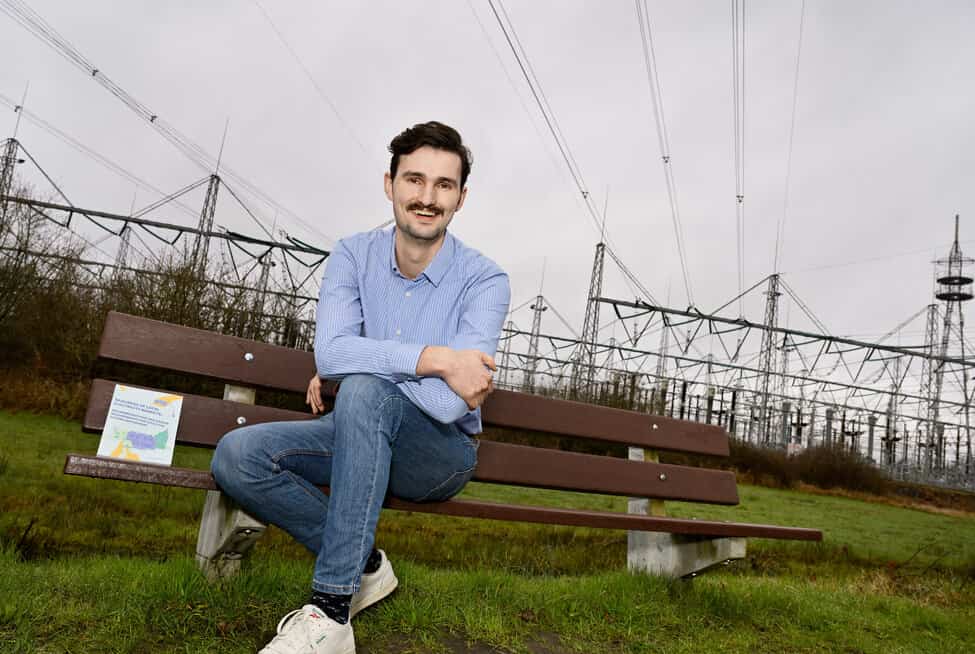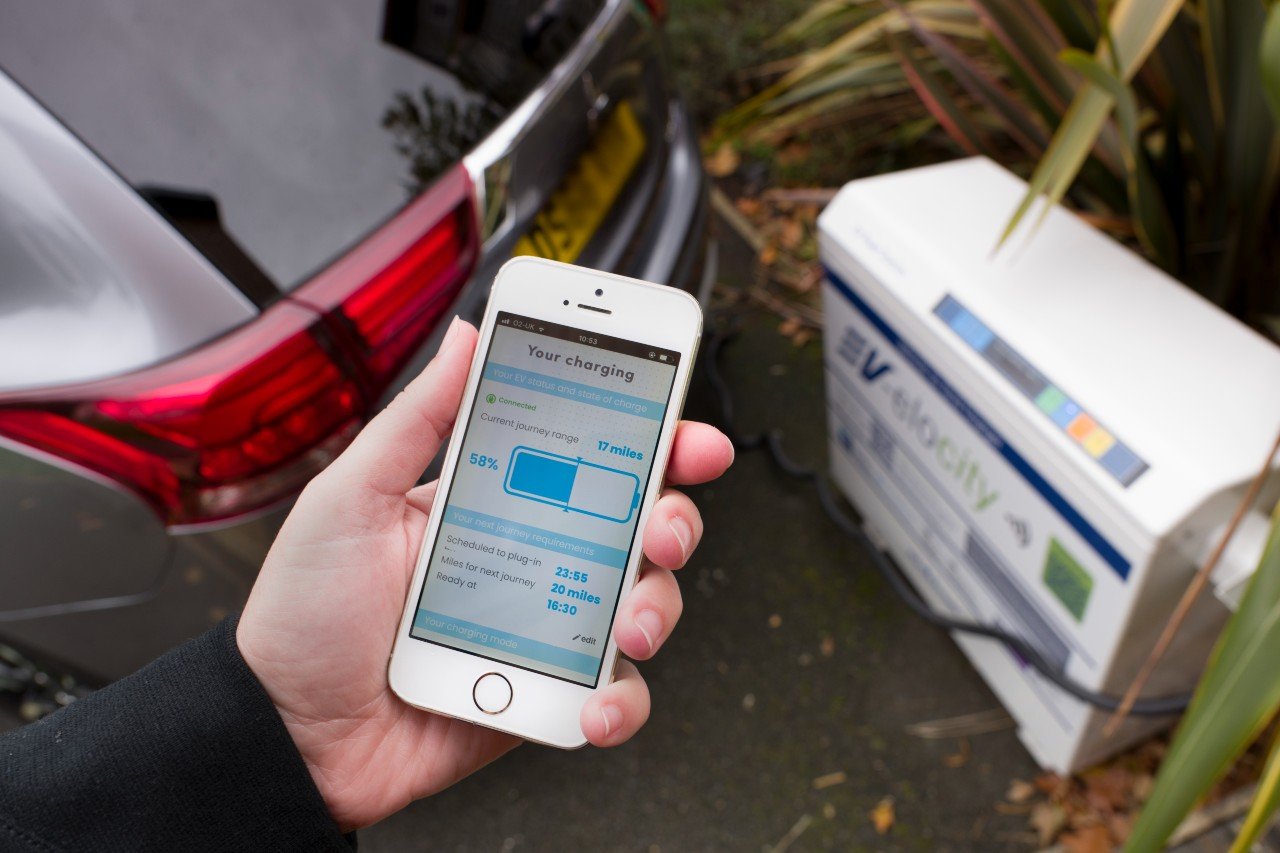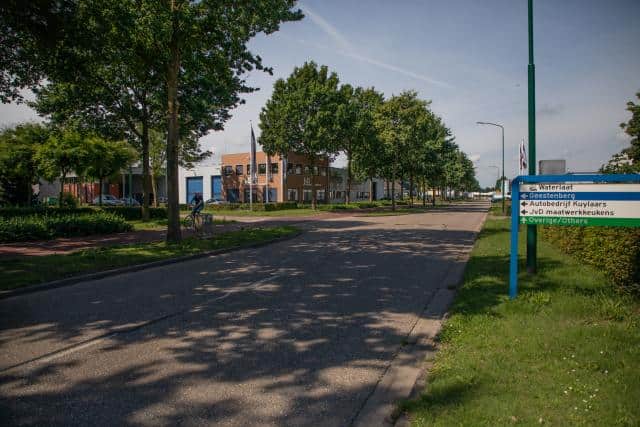
The energy transition from fossil fuels to clean electricity from sustainable power stations faces a problem. At a certain point, the electricity grid will be ‘full’ and no longer able to handle the additional electricity that is generated. Utrecht University in The Netherlands is conducting a study to find a solution for this grid congestion and to be able to respond flexibly to the future demand for electricity.
It is the first time that a study on such a large scale is being conducted into a future-proof electricity grid, states Utrecht University in a press release issued yesterday.
Under the name ROBUST, a consortium of governmental bodies, grid operators, scientific institutions and companies will be working on solutions to grid congestion from April 1 onwards in Utrecht, Arnhem and Delft. Electric vehicle batteries are set to play an important role in this.
ROBUST was judged the best of twenty project proposals for the Top Sector Energy’s MOOI scheme will receive a grant of €3.3 million. Top Sector Energy is a consortia of energy leaders in The Netherlands who are the driving force behind innovations needed for the transition to an affordable, reliable and sustainable energy system.
Flexible electricity system
It is the world’s first study into large-scale deployment of bidirectional (vehicle-to-grid) passenger cars in combination with batteries, smart-charging buses and other solutions. The goal is to realize a flexible electricity system on a metropolitan city level.
The bi-directional electric vehicles are charged with locally-generated renewable energy. They are able to deliver the energy back to the grid whenever needed. Smart software coordinates the consumption and generation of electricity. Cars become a temporary storage facility for sustainable energy this way, like a battery on wheels.
The consortium is developing a region-wide flexibility system to supply cities with sustainable energy and electrified transport. A number of neighborhoods in the metropolitan regions of Utrecht and Arnhem have been selected as research sites.
The project partners are thereby researching, among other things, what the optimal relationship is between grid reinforcement on the one hand and the deployment of flexible sources on the other. They are also exploring how the right energy market design, effective financial incentives and other factors can positively influence flexible sources and associated players.
Project partners
The consortium comprises grid operator Stedin, Smart Solar Charging BV / We Drive Solar BV, Enervalis, Edmij, ElaadNL, Delft University of Technology, Utrecht University of Applied Sciences, Utrecht municipality and Arnhem municipality. The project is led by Utrecht University and the Utrecht Sustainability Institute.
Also interesting: Dutch solar car serves as a battery on wheels: ‘power, anytime, anywhere’








